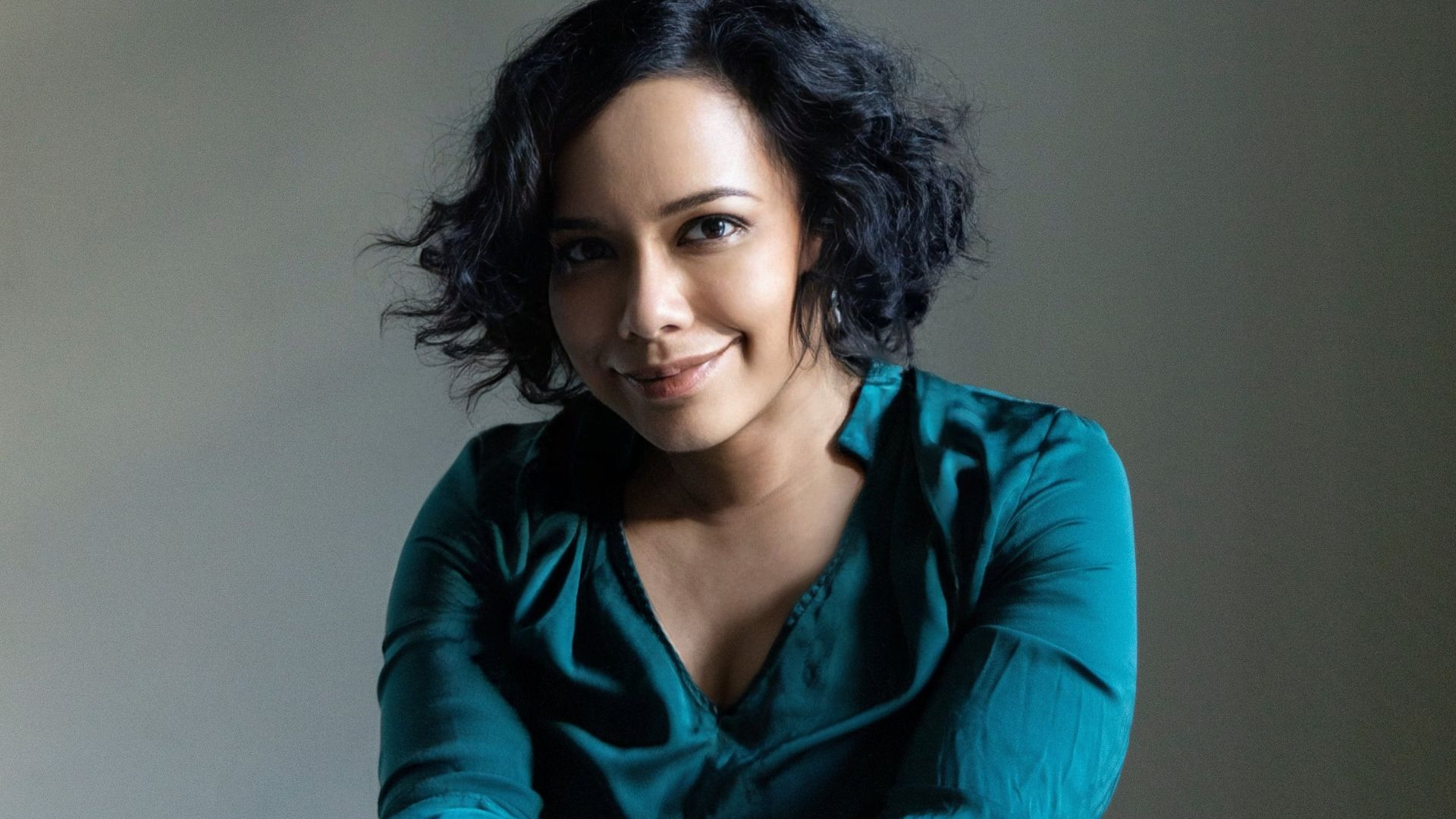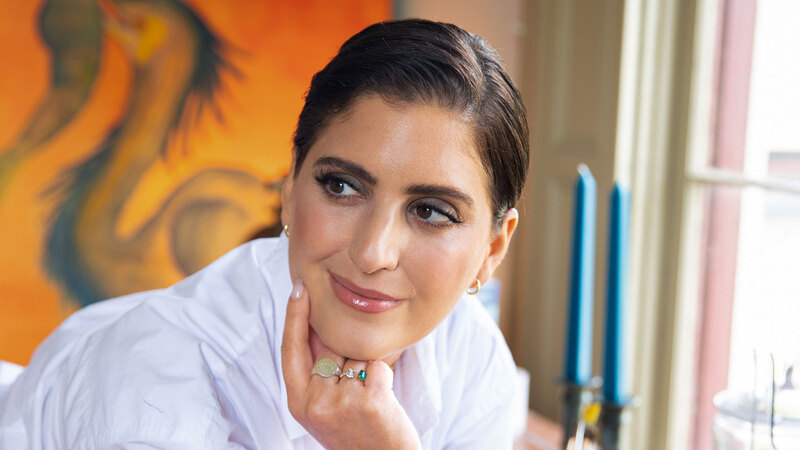You are viewing your 1 free article this month. Login to read more articles.
British Academy commissions photographer to reinterpret Nandini Das' book on the British Empire
The British Academy has commissioned photographer Arko Datto to bring to life the themes of Nandini Das’ Courting India: England, Mughal India and the Origins of Empire (Bloomsbury), winner of the British Academy Book Prize 2023.
Working in partnership with Panos Pictures, an agency specialising in global social issues, and supported by the Hawthornden Foundation, the British Academy will exhibit Datto’s photographs as part of London’s Open House weekend on Sunday 15th September 2024.
"This is an exceptional opportunity for a photographer to create a contemporary project inspired by ground-breaking historical research," said Adrian Evans, director of Panos Pictures. "The idea of combining a book prize with a photographic commission is unique and the British Academy should be applauded for this exciting new initiative."
Based in India, Datto has been briefed to "creatively reinterpret" Courting India, described as a "ground-breaking history of the first English diplomatic mission to India in the early 17th century". He commented: "India’s motley mix of complexities, contradictions and contrasts provides a rich canvas for this. Exploring hitherto unseen parts of the country, seeing its people and places anew, helped me approach the contemporary and the historical in exciting new ways. I hope the audience discovers traces of the incredible moments I experienced during this project.”
Professor Charles Tripp, chair of the British Academy Book Prize, said: “The British Academy Book Prize’s mission is to enhance global cultural understanding. We want to celebrate books and authors of course, but we also want to bring their ideas to a wider audience – and photography will help us do just that. We couldn’t be more excited about this innovative collaboration between Arko Datto and Nandini Das.”
Das added: “It has been exhilarating for me to see aspects of the book refracted through Arko’s lens as he moved through some of the same spaces that I had approached primarily through over 400-year-old records. At the same time, it has reminded me repeatedly – with precision, empathy, and humour – how closely the past and the present is interwoven into the very fabric of everyday life in present-day India.”


















